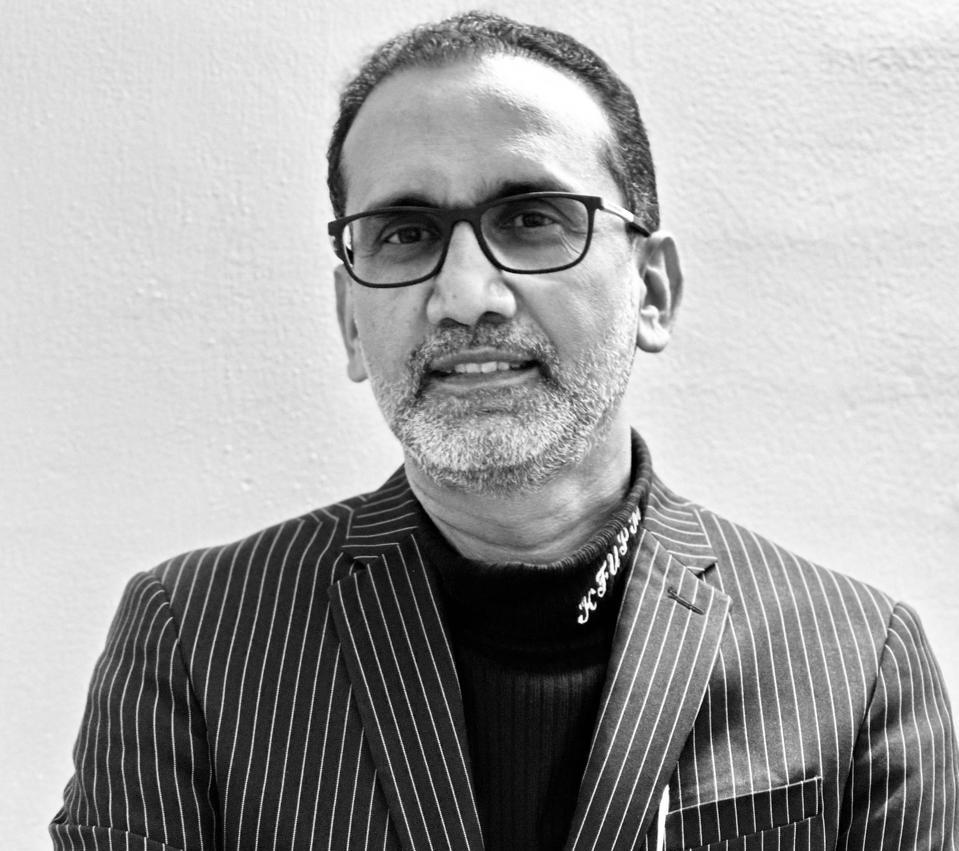 As India’s infrastructure landscape evolves at unprecedented speed, so does the need for faster, more sustainable, and future-ready construction solutions. In this exclusive interview, TheCSRUniverse is in conversation Mr. Navaz Cheriya Malikakkal, Chief Operating Officer of Interarch Building Solutions Ltd, a pioneering organisation offering turnkey pre-engineered steel construction solutions. Founded in 1983, Interach has delivered landmark projects across industrial, commercial, and infrastructure sectors, ranging from warehouses and data centers to public institutions.
As India’s infrastructure landscape evolves at unprecedented speed, so does the need for faster, more sustainable, and future-ready construction solutions. In this exclusive interview, TheCSRUniverse is in conversation Mr. Navaz Cheriya Malikakkal, Chief Operating Officer of Interarch Building Solutions Ltd, a pioneering organisation offering turnkey pre-engineered steel construction solutions. Founded in 1983, Interach has delivered landmark projects across industrial, commercial, and infrastructure sectors, ranging from warehouses and data centers to public institutions.
In this discussion, Mr. Malikakkal delves into why pre-engineered buildings (PEBs) are emerging as the go-to choice for India’s construction needs- from cutting build times by nearly half to offering long-term cost and maintenance advantages. He addresses common misconceptions about steel buildings, explores sectoral growth opportunities—including renewable energy, logistics, and public infrastructure—and outlines Interarch’s strategic push toward greener, smarter, and more resilient structures. The discussion also highlights the policy measures that could accelerate the adoption of sustainable construction, and Interarch’s vision to help shape a cleaner, more efficient built environment for India’s future.
Q&A
Q. Pre-Engineered Buildings (PEBs) are gaining traction as a modern solution for infrastructure development. What, in your view, makes them particularly suited for India’s evolving construction needs?
A. India’s rapid urbanization, ambitious infrastructure goals, and growing emphasis on sustainable development call for construction methods that are faster, more scalable, and environmentally responsible. Pre-Engineered Buildings (PEBs) are uniquely suited to meet this demand. With components that are pre-designed, factory-fabricated, and swiftly assembled on-site, PEBs significantly reduce construction timelines, on-site labor, and material wastage. Their versatility across industrial, commercial, institutional, and public infrastructure projects makes them an ideal fit for India’s diverse and fast-evolving built environment.
2. How do you compare the overall cost-effectiveness of pre-engineered steel buildings with conventional construction methods, especially when factoring in lifecycle performance and maintenance?
A. Pre-engineered steel buildings stand out not just for their faster construction—often 40–50% quicker than traditional methods—but also for the value they offer over time. Right from the start, they reduce material waste and bring down labor costs. But the real advantage shows up over the building’s lifecycle. Steel structures need less maintenance, especially when corrosion-resistant materials are used. Their modular design makes future expansions easier and more cost-efficient. Add to that their energy efficiency—thanks to better insulation, natural ventilation, and the ease of integrating rooftop solar—and you have a solution that's not only budget-friendly upfront but also delivers lasting savings and sustainability compared to conventional RCC construction.
Q. With rising demand from sectors like warehousing, logistics, and commercial real estate, how well do you think the industry is equipped to deliver steel-based structures that meet the need for speed and efficiency in construction?
A. The industry is more ready than ever to meet this growing demand—and steel-based solutions are at the heart of that readiness. Leading players like Interarch have built strong in-house capabilities across the board—from advanced design using TEKLA BIM modeling to fully automated fabrication and streamlined on-site erection. With a production capacity of over 2,00,000 MT and growing, we’re well-positioned to support fast-paced sectors. What makes the difference is not just speed, but precision—factory-built accuracy reduces delays, simplifies approvals, and makes scaling up much easier. In short, the industry has both the tools and the momentum to keep pace with India’s rapid infrastructure needs.
Q. What are some of the biggest misconceptions about steel buildings in India, and how is the industry working to overcome them?
A. One of the most common misconceptions is that steel buildings are too expensive or not suitable for complex structures. But that’s changing—and fast. Today, steel is the preferred choice for projects like data centers, EV battery plants, and even semiconductor facilities, thanks to its design flexibility, strength, and speed of construction. Interarch, for example, is actively delivering large-scale projects in these sectors, including a semiconductor manufacturing unit and multiple battery and data center facilities. The industry is also doing its part to shift perceptions—through awareness campaigns, real-life success stories, and ongoing dialogue with government bodies. As these efforts continue, more stakeholders are beginning to see steel as not just viable, but essential for modern infrastructure.
Q. Which segments do you see the maximum growth for pre-engineered solutions coming from? Do you see any scope in public infrastructure, especially in semi-urban or rural development projects?
A. Addition to the continued growth in the traditional sectors, we see an increased momentum for pre-engineered solutions in sectors like renewable energy, electric vehicles, semiconductors, logistics, and data centers—all of which demand fast, scalable, and efficient construction. But beyond the private sector, there’s growing potential in public infrastructure too. Projects like railway stations, airports, hospitals, and educational institutions are increasingly turning to steel for its speed, strength, and flexibility. In semi-urban and rural areas, where development needs to be both rapid and cost-effective, pre-engineered buildings offer a smart way to close infrastructure gaps—delivering quality structures in record time, without compromising on durability or design.
Q. In your experience, how receptive are clients and developers to shifting from traditional brick-and-mortar construction to steel-based solutions, and what drives their decision-making today?
A. We’re seeing a clear shift in mindset. Today’s clients are focused on speed, flexibility, and long-term value—and steel ticks all the right boxes. With growing awareness around lifecycle benefits, structural efficiency, and the ease of integrating technologies like rooftop solar and smart systems, steel is no longer seen as just an alternative—it's often the first choice. At Interarch, we've seen this shift firsthand. For instance, in time-sensitive projects like Exide Energy’s battery plant, developers opted for steel over traditional RCC to meet demanding timelines without compromising on quality. The decision now goes beyond cost—it's about agility, performance, and building for the future.
Q. As a company with decades of experience, what strategic shifts are you making to cater to the growing demand for sustainable and resilient infrastructure?
A. At Interarch, we’re aligning our strategy to meet the future of construction—one that’s fast, sustainable, and resilient. We’re expanding our production capacity and embracing advanced technologies like BIM to improve precision and project coordination. Sustainability is a major focus: we're integrating green building solutions such as insulated panels, natural ventilation systems, and rooftop solar to reduce environmental impact and improve energy efficiency. At the same time, we’re addressing the industry's evolving skill needs by partnering with organizations like CIDC to upskill workers. The goal is clear—to deliver high-quality, future-ready structures that are built responsibly and at scale.
Q. From a policy standpoint, what support or incentives would help companies like yours accelerate the adoption of greener construction methods?
A. To truly scale up green construction, supportive policy measures are crucial. First, making Pre-Engineered Buildings (PEBs) eligible for Input Tax Credit (ITC) would significantly improve affordability and encourage wider adoption. Second, removing safeguard duties on steel would help stabilize raw material costs, making sustainable building solutions more viable. Lastly, recognizing green steel construction as a priority sector could open up access to better financing and drive greater industry participation. These reforms would not only promote eco-friendly construction practices but also reduce the industry’s dependence on carbon-intensive materials like cement—helping India move closer to its sustainability goals.
Q. Looking ahead, what is your vision for Interarch’s role in shaping a more sustainable and future-ready built environment in India? Any immediate goals that you have set for yourself?
A. Our vision is for Interarch to be the go-to partner for sustainable, high-performance infrastructure across sectors. We see ourselves playing a leading role in driving the shift from traditional RCC to smarter, steel-based construction—both in private developments and public infrastructure, across urban and rural India. In the immediate term, we’re focused on expanding our production capacity beyond 200,000 MT, increasing the use of renewable and recyclable materials, and forging partnerships for smart infrastructure projects. Ultimately, we aim to help build a future where construction is not just faster and more efficient, but also cleaner, greener, and more resilient.



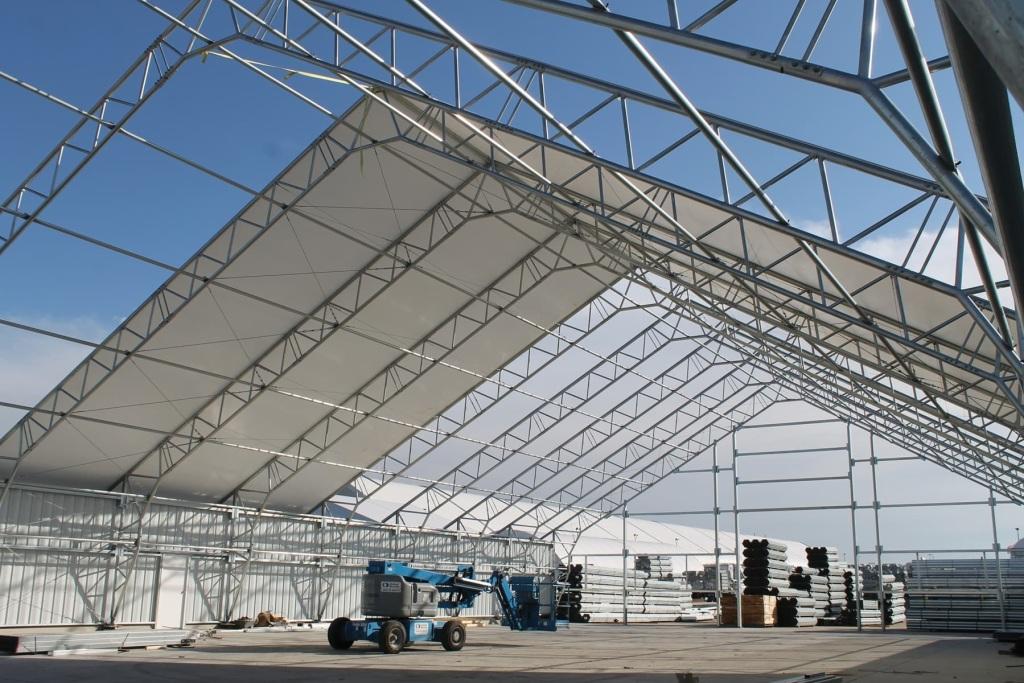
 As India’s infrastructure landscape evolves at unprecedented speed, so does the need for faster, more sustainable, and future-ready construction solutions. In this exclusive interview, TheCSRUniverse is in conversation Mr. Navaz Cheriya Malikakkal, Chief Operating Officer of Interarch Building Solutions Ltd, a pioneering organisation offering turnkey pre-engineered steel construction solutions. Founded in 1983, Interach has delivered landmark projects across industrial, commercial, and infrastructure sectors, ranging from warehouses and data centers to public institutions.
As India’s infrastructure landscape evolves at unprecedented speed, so does the need for faster, more sustainable, and future-ready construction solutions. In this exclusive interview, TheCSRUniverse is in conversation Mr. Navaz Cheriya Malikakkal, Chief Operating Officer of Interarch Building Solutions Ltd, a pioneering organisation offering turnkey pre-engineered steel construction solutions. Founded in 1983, Interach has delivered landmark projects across industrial, commercial, and infrastructure sectors, ranging from warehouses and data centers to public institutions.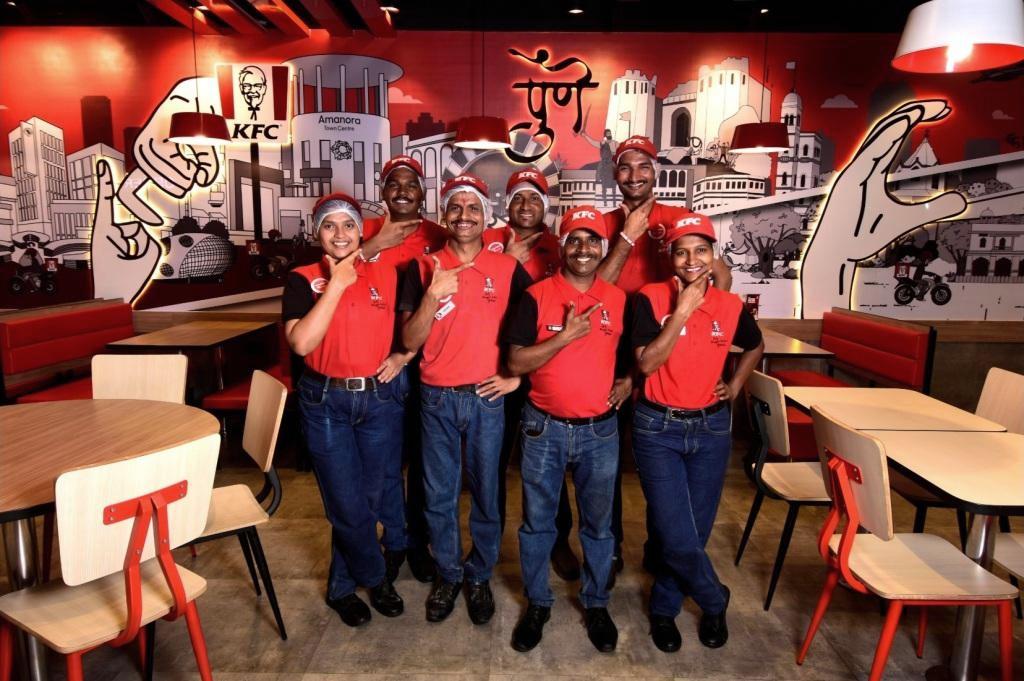

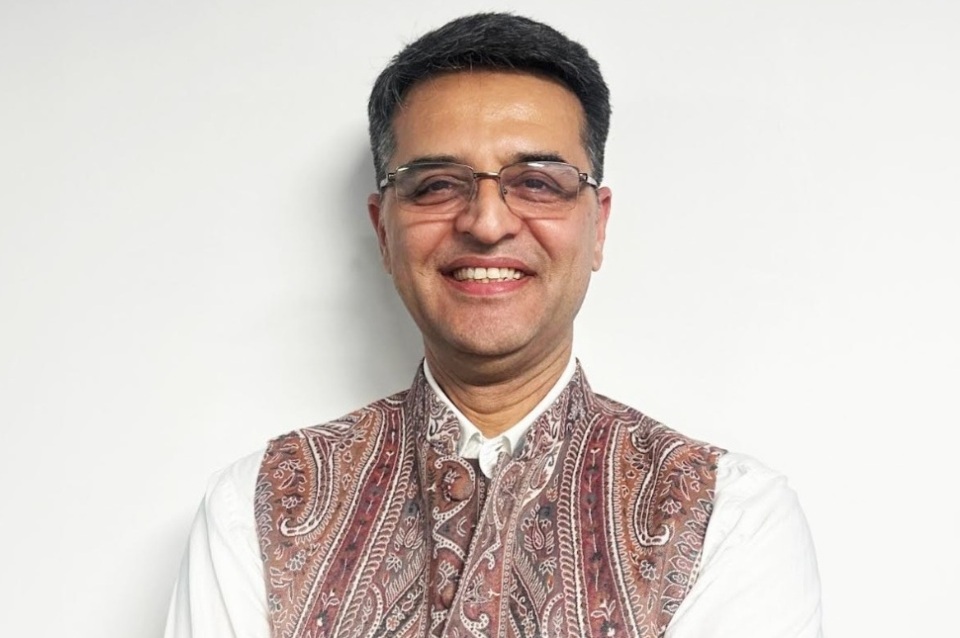






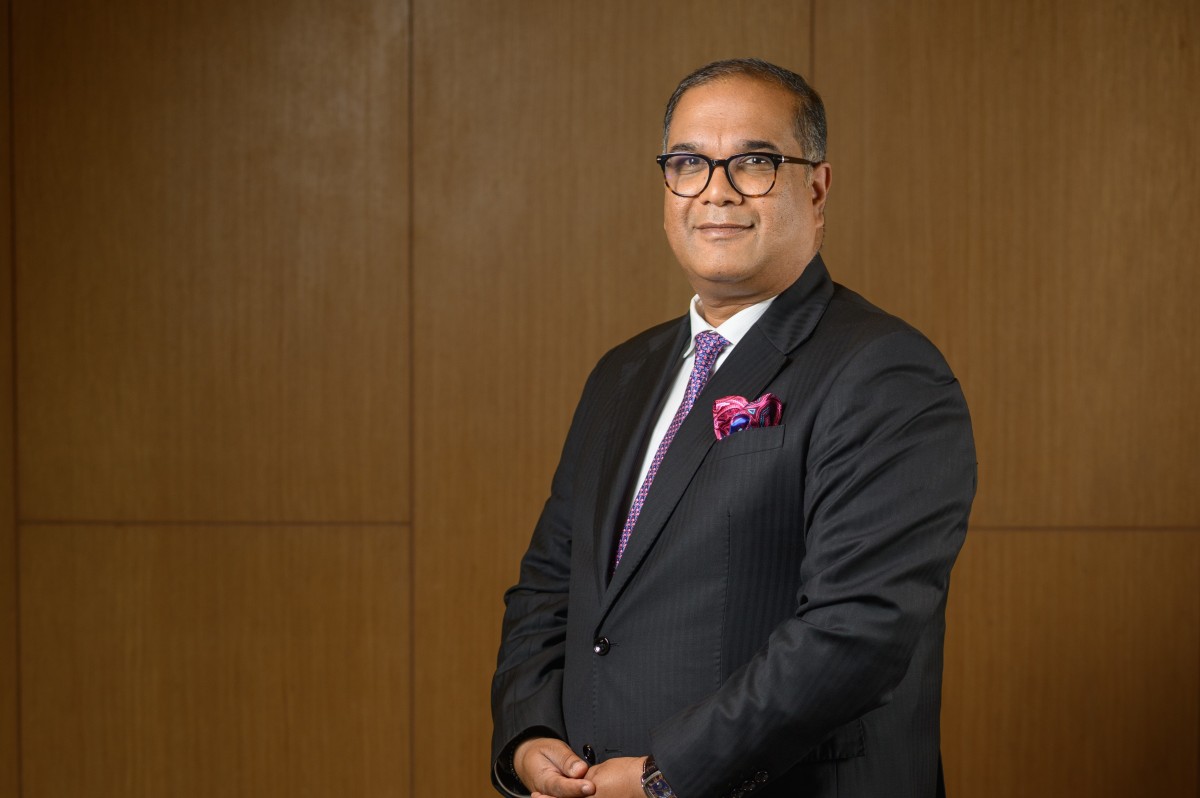

.jpg)




